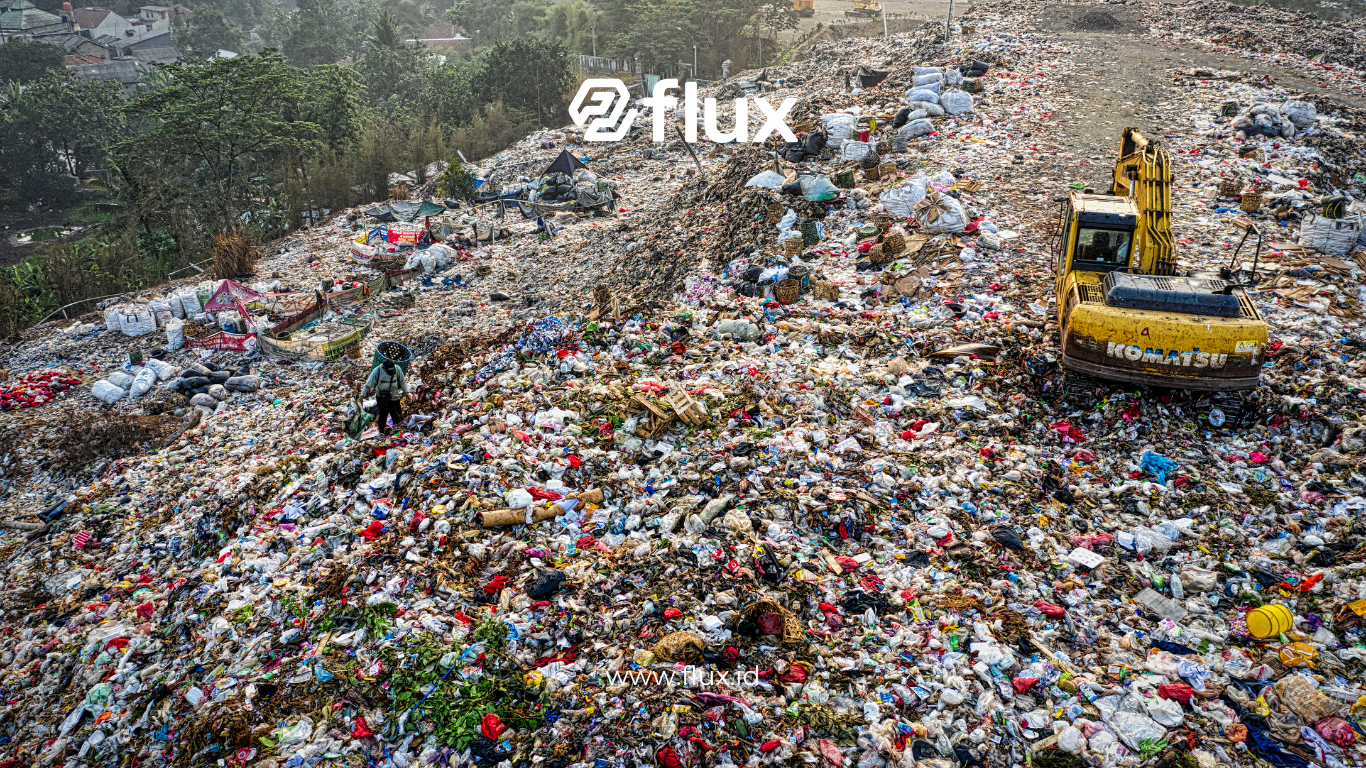Don't miss our holiday offer - 20% OFF!
Waste management is a global challenge affecting the environment, public health, and sustainability. The use of IoT sensors offers innovative solutions to enhance waste handling efficiency. This article will explore the technology, functions, and benefits of IoT sensors in waste management, and their role in creating a cleaner environment.
Contents
- 1 What Are IoT Sensors in Waste Management?
- 2 How Do IoT Sensors Work in Waste Management?
- 3 Functions of IoT Sensors in Waste Management
- 4 Benefits of Using IoT Sensors in Waste Management
- 5 Implementation of IoT Sensors in Various Cities
- 6 Challenges in Implementing IoT Sensors
- 7 The Future of IoT Sensors in Waste Management
- 8 Conclusion
What Are IoT Sensors in Waste Management?
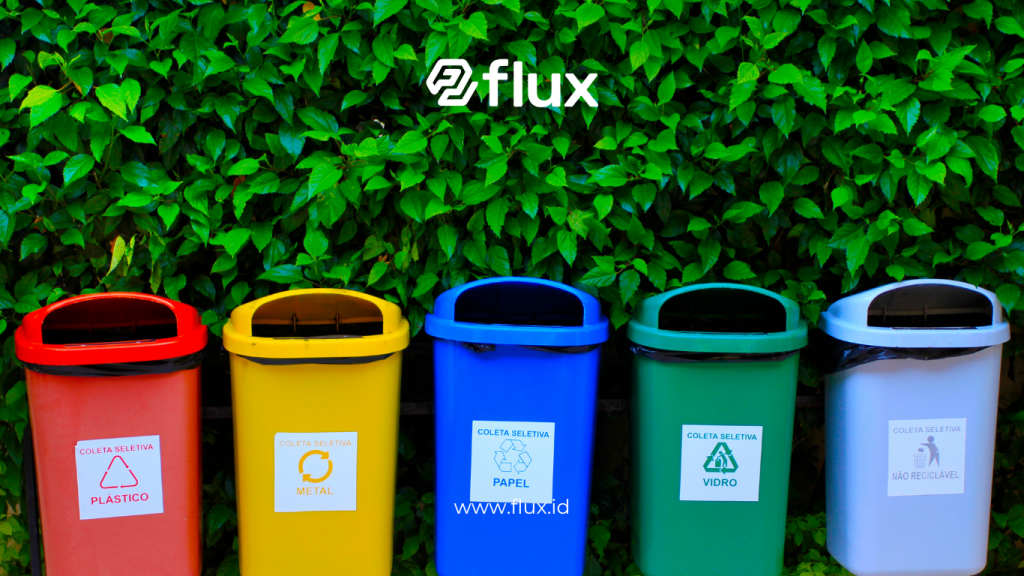
Read More: Waste Sensors: Smart Waste Management
IoT sensors are technology-driven devices that collect real-time data and transmit it over the internet. In waste management, these sensors are used to:
- Monitor the capacity of waste bins.
- Optimize waste collection routes.
- Automatically detect waste types.
How Do IoT Sensors Work in Waste Management?
IoT sensors operate through several key steps:
- Sensor Installation: Sensors are installed in waste bins or disposal areas.
- Data Collection: Information such as waste volume, type, and density is collected.
- Data Transmission: Data is sent to cloud servers for analysis.
- Analysis and Decision-Making: The system provides recommendations for waste collection or further processing.
Examples of Sensor Technologies Used
- Ultrasonic sensors: Measure waste bin capacity.
- Gas sensors: Detect harmful gases from organic waste.
- RFID: Track waste types and sources.
Functions of IoT Sensors in Waste Management
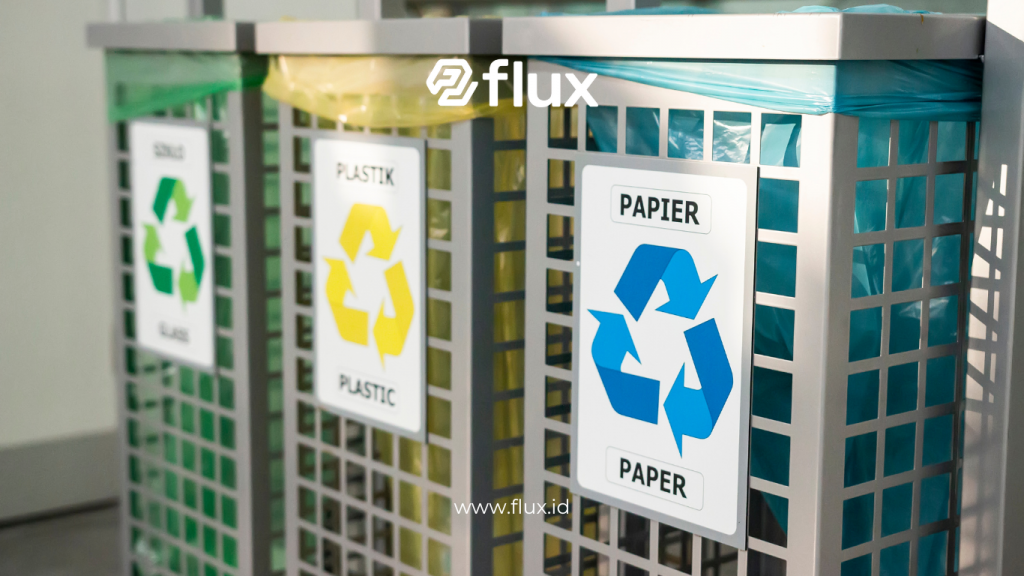
Read More: Reducing Pollution with Waste Sensors: Advanced Technology in Waste Management
1. Monitoring Waste Bin Capacity
IoT sensors help identify when bins are full, enabling timely waste collection.
2. Optimizing Waste Collection Routes
Real-time data enables systems to direct waste trucks to the most efficient routes, saving fuel and time.
3. Sorting and Recycling
With waste type detection technology, recycling can be conducted more effectively.
4. Pollution Detection
IoT sensors monitor hazardous gases or liquid waste that could harm the environment.
Benefits of Using IoT Sensors in Waste Management
1. Operational Efficiency
- Reduce unnecessary waste collection trips.
- Save operational costs.
2. Cleaner Environment
- Timely waste collection prevents accumulation.
- Minimize the negative impact of waste on ecosystems.
3. Increased Public Awareness and Participation
- Transparent information helps the community understand the importance of waste management.
4. Reduced Carbon Emissions
- Route optimization reduces emissions from waste collection vehicles.
Implementation of IoT Sensors in Various Cities
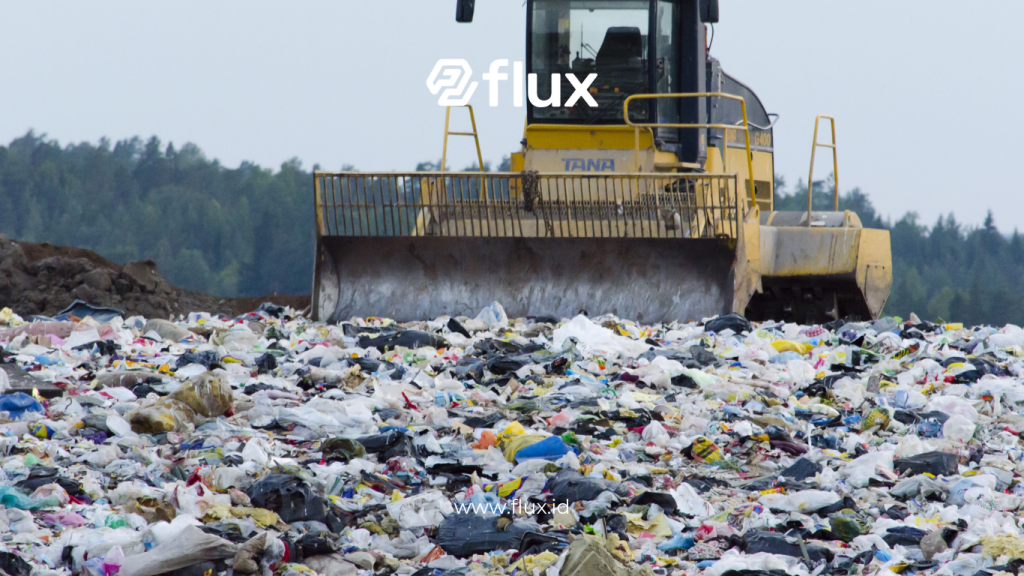
Read More: IoT in Agriculture – Reducing Waste and Boosting Productivity
1. Smart Bins in Singapore
- Use ultrasonic sensors to detect waste levels.
- The system sends automatic notifications to local authorities.
2. Waste Management Systems in India
- Cities like Bengaluru use IoT to manage domestic waste.
- Significant pollution reduction achieved.
3. Innovations in Waste Management in Indonesia
- Jakarta has begun adopting smart bins for household waste management.
- Potential for technology expansion to other regions.
Challenges in Implementing IoT Sensors
1. Implementation Costs
Acquiring devices and IoT infrastructure requires significant initial investment.
2. Infrastructure Limitations
Some areas lack adequate internet connectivity.
3. Education and Awareness
There is a gap in public understanding of IoT-based waste management.
The Future of IoT Sensors in Waste Management
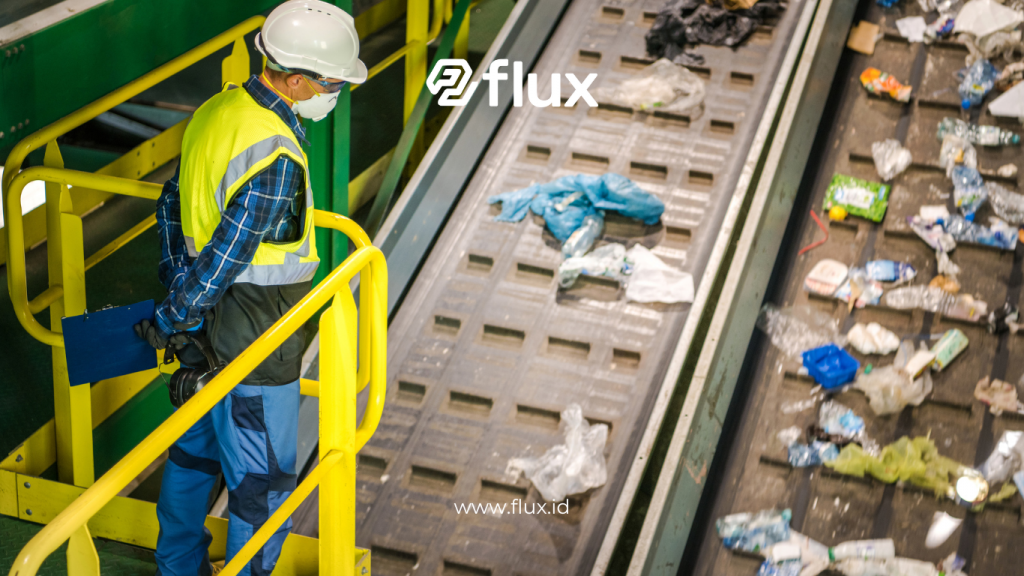
Read More: Reducing Pollution with Waste Sensors: Advanced Technology in Waste Management
- Integration with AI
Combining IoT and artificial intelligence allows for predicting waste disposal patterns. - Sustainable Systems Development
Adopting renewable energy to support IoT sensors. - Expansion to Rural Areas
Ensuring IoT technology reaches remote regions.
Conclusion
The use of IoT sensors in waste management significantly improves operational efficiency, reduces carbon emissions, and enhances environmental quality. Although challenges remain, the future of this technology is promising for creating a cleaner and healthier environment.
With wider adoption and support from governments and communities, IoT sensors can be an effective solution to tackle waste management issues worldwide.


